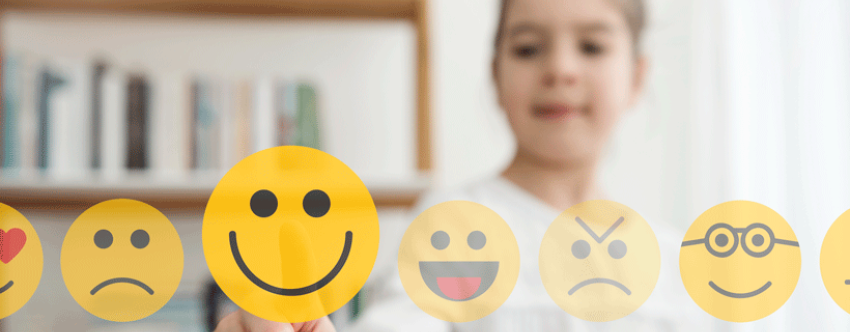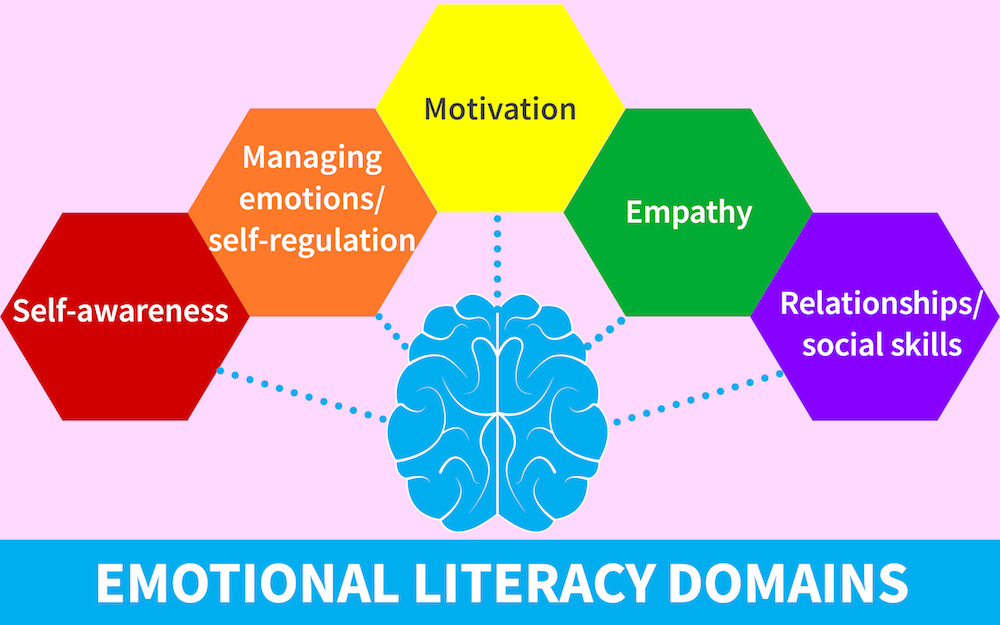News & Views

Regulating emotions in the classroom
All too often, when adults try to help children with their emotions, they focus on the emotions themselves. In many cases, it is far more beneficial to focus instead on building better relationships: with ourselves and with each other. It is all about creating a genuine connection.
Human connection invites the potential to feel understood and united. It has the power to deepen a bond between people, inspire change and build trust. It can also lower anxiety and depression, help us regulate our emotions and lead to better self-esteem and empathy, which can positively impact our immune systems. Indeed, human connections and healthy relationships are respectively, the top drivers of longevity. The concept of human connection links to a strong sense of community.
Tips to get your pupils to connect
How can you do this with your pupils? Here are some ways to make connections with pupils:
- Create opportunities to develop meaningful relationships between peers (group work activities, playground buddies or club participation).
- If a child is struggling, empathise with their situation, but don’t try to ‘fix’ it for them. Show that you can see their struggle or distress and that you are alongside them with it.
- Facilitate the child to share their experiences in their own timeline. Trying to rush children will usually backfire!
- Offer support (emotional or academic) if needed, but try not to solve it for them. Suggest some words that they might struggle to find for themselves so that they have a way to describe how they feel. If you need to remove a child from a situation, don’t isolate them. Ensure an adult is nearby to provide support when the child is ready to talk or help them self-regulate.
The more you work in close connection with your pupils, the easier it becomes. And gradually, children will learn about the process that you have facilitated with them.
Emotional literacy and emotional intelligence
Another step to take when regulating emotions in the classroom is to know how to express them. That is where emotional intelligence and emotional literacy come in.
Emotional intelligence is the ability to perceive emotions, access and generate emotions to assist thought, understand emotions and emotional knowledge, and reflectively regulate emotions to promote emotional and intellectual growth.
Emotional literacy is the ability to recognise, name, understand and manage your emotions effectively and then be able to understand and empathise with others.
The five domains of emotional literacy
According to Daniel Goleman, there are five emotional literacy (sometimes called emotional intelligence) domains:
- self-awareness (being able to recognise and understand personal moods, emotions and drives, as well as their effect on others)
- managing emotions or self-regulation
- motivation (internal drive or flow that comes with being immersed in an activity)
- empathy (understanding and relating to others)
- relationships/social skills (including an ability to find common ground and build rapport).

In-classroom facilitation
Could you note how you are facilitating these skills in your classroom? And how could you do more of what works well? Your PSHE curriculum and personal development opportunities will certainly help here.
It’s important to remember that regulating emotions in the classroom is not confined to the children. Adults also need to regulate their emotions in order to facilitate a regulated classroom. Self-regulation is the ability to understand and manage your behaviour and your reactions to feelings and things happening around you. It includes being able to regulate reactions to strong emotions like frustration, excitement, anger and embarrassment, to calm down after something exciting or upsetting, or to focus on a task.
Model the behaviour you want to encourage

One of the simplest ways to do this is through modelling. There are numerous ways to facilitate this:
- Embody the behaviour you would like to see in children.
- Develop self-awareness: know your own triggers and be able to self-regulate.
- Take responsibility for yourself.
- Use the language of responsibility: say ‘I’, not ‘we’ or ‘one’ or ‘everyone’ or ‘they’.
Essentially, you are teaching children to be able to differentiate between sensations, feelings/emotions/‘affect states’ and thoughts, and thereby teaching them the vocabulary and role-model naming them.
Be consistent
Consistency is possibly one of the most important elements of regulating emotions in the classroom. Consistency is vital when creating conditions for safe and effective learning environments where you can support children to regulate their emotions. Pupils can participate in learning more effectively when they have a clear understanding of procedures and their importance – a vital component of a well-regulated classroom. If children can name the expectations and receive consistent responses to their behaviour, they can command their actions better.
Finally, it is important to note that there is not one singular way to better regulate emotions in the classroom. It is about finding the best way with each pupil at that particular time and nurturing relationships so that everyone feels safe to regulate. It might not necessarily be a quick journey, but it is definitely worth doing for children and adults alike.
Learn more ways to support and improve your pupils' physical, emotional and mental health with the Pupil Wellbeing Award.
About the author

Joanna Feast is an education consultant specialising in PSHE education across the age ranges. She is also the founder of Clean Well-Being and author of the Outdoor Learning Award.